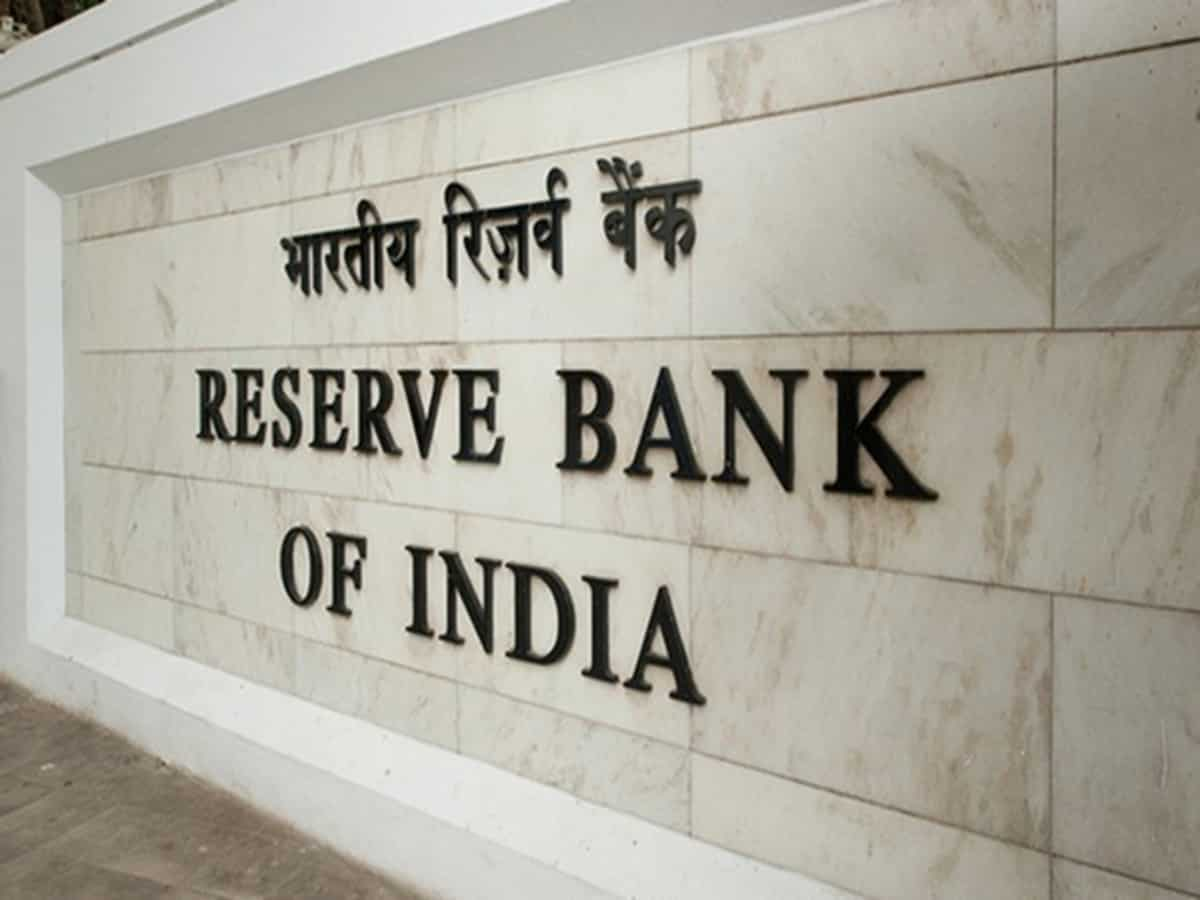The most famed bicycle race in the world began in Bilbao, Spain on July 1st. The final stage takes place on the Champs-Elysees in Paris on July 23. Each July, the best teams of over 200 cyclists in the world compete in the race. The race takes 23 days to complete. And covers more than 2,000 miles. If you get a chance to watch any of the race days, you will notice that riders tend to pack together in a group. The race strategy is to ride close together, to save energy by reducing drag by drafting.
This group of cyclists is called the “peloton.” The winners of previous stage events ride in front of the peloton. Near the end of each long stage, the leaders attempt to break away from the group. Any cyclist with the aspirations of winning the Tour de France must “break away” from the peloton, using their knowledge and skills to leave the pack behind.
This same principal of a peloton applies to your default menu of 401(k) mutual funds. Only a small handful of 401(k) mutual funds have outstanding investment performance better than the stock market averages, better than the majority of your other default 401(k) mutual funds.
Most of your 401(k) mutual funds never break out of your 401(k) peloton. Some stay with the pack forever. Some fall out of the investment performance race altogether as the stock market moves up and down and interest rates continue to rise. Most of the mutual funds on your 401(k) menu have similar investment returns. Sure, there are always one or two outliers outperforming the default menu pack on the upside or the downside.
The question becomes, how on earth do you identify the best mutual funds to own on your default 401(k) menu? The mutual funds that have the strength to “break out” from the 401(k) mutual fund peloton? The next logical question is, how do you stay invested in those same mutual funds? The answer to both of those important 401(k) investment management questions is the same: Relative Strength.
There are a handful of investment management decisions you have to make to both preserve and grow your 401(k) account. In that handful, is the age-old question of “what to buy?” Relative Strength identifies 401(k) mutual funds that break away from the pack and those that are lagging.
Relative Strength is a measurement of investment performance. That measurement is a technical score. Each mutual fund on your default 401(k) menu is then ranked, and the end result is the easy identification of the best 401(k) mutual fund to own. Relative Strength evaluates on a quantitative or technical basis, which removes subjectivity and emotion. The analysis provides a systematic, rules-based system to best choose from a fixed universe of 401(k) mutual fund options.
Amid up and down stock markets, rising and falling interest rates, inflation, the Federal Reserve, what have you — Relative Strength never fails. Many academic studies over the years have provided the same conclusion. Relative Strength is a robust factor when used as an investment selection criterion capable of delivering investment outperformance over the long-term.
Relative strength is not a stock market investment performance guarantee. It is not designed to get you in at the bottom and get you out at the top. Instead, it identifies the best 401(k) mutual funds available to you. You deserve to know “what to buy” on your default 401(k) menu. Relative Strength rankings of your mutual funds allows you to break away from your 401(k) peloton.
The views and opinions expressed herein are the views and opinions of the author and do not necessarily reflect those of Nasdaq, Inc.








































